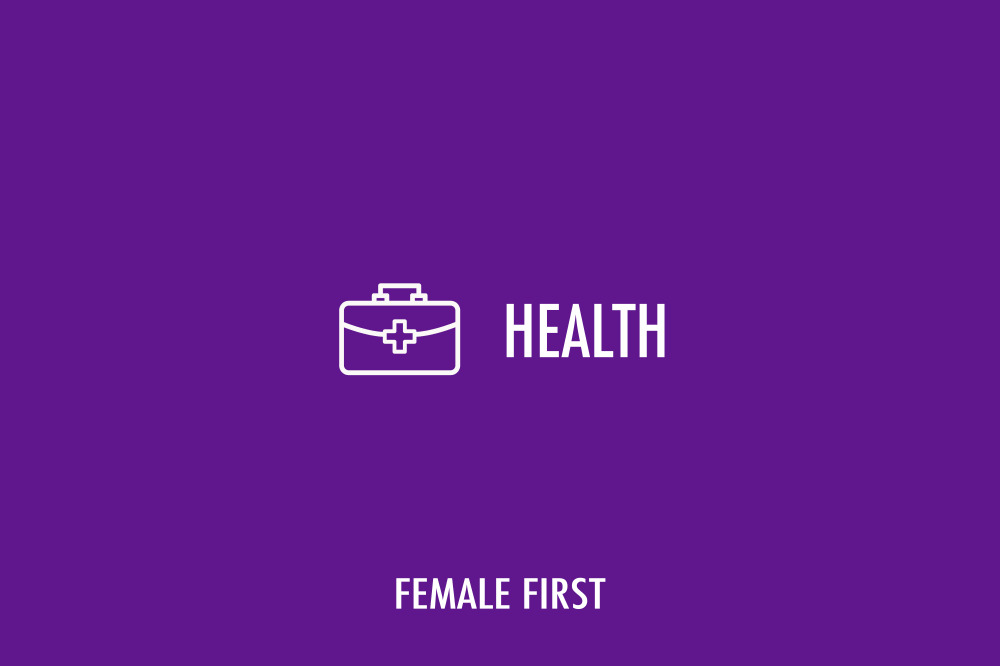-

Health on Female First
In 2014, about 4.3 million women aged 25 to 64 were invited to attend screening appointments yet only 3.1 million underwent their smear test. In line with Cervical Cancer Prevention Week, Consultant Gynaecologist and Gynaecological Oncologist at the London Clinic Mr Tim Mould explains the facts about HPV and cervical cancer and why screenings are so important.
Facts
1. HPV (human papilloma virus) takes five to twenty years to cause cell abnormalities in a woman's cervix which may develop into cervical cancer.
2. Smoking can stop your body eradicating the virus naturally.
3. The future development of new vaccines could eradicate all strains of HPV responsible for causing cervical cancer.
Mr Mould treats many women a year with cell abnormalities and cervical cancer. He is optimistic about the future of the causes of this terrible disease but only if women take steps to reduce their risk, know their HPV status, the facts and attend regular screenings.
Mr Mould explains "Firstly, there is an obvious need to reverse the decline in screening. All women should attend appointments as this is a largely preventable disease and screening saves around 5,000 UK lives a year."
"Secondly, all women need to understand HPV and their HPV status. The vaccine currently used in schools protects against four types of HPV which are responsible for more than 70% of worldwide cervical cancer cases. However the vaccines do not eradicate all the strains that lead to cell abnormalities and many women missed the vaccination programme."
So why should women understand their HPV? HPV is responsible for 99.7% of cases of cervical cancer. HPV is an extremely common virus with over 120 strains, many of which we come into contact with when we are children. Worldwide, HPV is the most widespread of all sexually transmitted viruses; four out of five (80%) of the world's population will contract some type of the virus once in their life. It is later in life when people become sexually active, that they can come into contact with 40 strains of the virus in the genital area.
90-95% of women will eliminate the virus naturally without knowing they even had it. However, some strains can persist and cause changes in the cells of the cervix, creating abnormalities. Once these abnormalities become severe, they may develop into cancer.
Though younger women are at risk of pre-cancers, older women are most at risk of cervical cancer. In contrast with most other cancers, young women are the age group most at risk of developing the pre-cancers that can turn into the disease. Yet, the mortality rates rise sharply from ages 65 - 69 with the highest rates in the 85+ age group.
As Mr Mould, explains "Around 35 years old seems to be the age when women are most at risk of developing cervical cancer. This is related to the age when women become sexually active and the fact that the HPV virus can take 10 years to develop into cervical cancer without the patient knowing anything about it."
Although 80% of women coming into contact with a new strain of HPV will eliminate it naturally, within a year, smoking inhibits the body's ability to eradicate the virus. The more you smoke the harder it is for the body to fight against it, and there may be a point when it might make it impossible to get rid of at all. This is one cancer that really can be reduced by not smoking.
Mr Mould also talks about the new and improved HPV vaccinations "Vaccines have been available since 2008 and recently a new and better vaccine has been developed and approved for use. It should be available soon but is currently not part of the school vaccination programme. Like its predecessors, initially it will only be available to patients who ask and can fund it themselves."
"There are 16 strains of HPV that cause cervical cancer and the latest vaccine covers seven of the strains, five more than the previous vaccine. The future should see the development of a vaccine that covers all 16 strains of the virus and hopefully we could eradicate the risk of cervical cancer."
"Until then, the screening programme is vital to save lives and all women should accept their invitation for cervical screening knowing that the protection offered by going through it is extremely high."
Why is screening so important? Cervical screening is offered to all women aged 25-50 every three years, then five years from 50 to 64. The test takes a sample of cells from the cervix (neck of the womb) to identify early abnormalities or pre-cancerous cells which could develop into cancer of the cervix. If abnormalities are found, further investigation and treatment can be provided if necessary.
Quite simply, if abnormalities are found and treatment is provided early enough, cervical cancer could be eradicated. The cervical screening programme has been a huge success story for the NHS, helping save thousands of lives, but if women do not attend screening appointments, incidences of cervical cancer will rise as a consequence.
Why are screening numbers falling? This is a hard one to answer and it varies by age group and by region, with London being the lowest at 66.2% in 2013/2014, meaning about 1/3 of women haven't had a cervical screening test in the last 3.5 years. Perhaps cervical cancer is no longer seen as a threat, maybe women think having the HPV vaccination means they are no longer at risk, perhaps the smear test is felt to be too uncomfortable.
Whilst they are the group most at risk, the number of young women accepting and attending cervical screening appointments is reducing. There was an increase in uptake of smears in this group after the very sad and public death of Jade Goody in 2009, but uptake has since reduced back to previously low levels. So clearly the media can make an impact.
Tagged in Health cervical cancer Lifestyle Women's Health

